Part Office creates minimalist live/work space in heart of Venice Beach
Los Angeles architects Part Office transformed a former residential building into Venice Lofts, a minimalist live/work space
Taiyo Watanabe and Gustav Liliequist
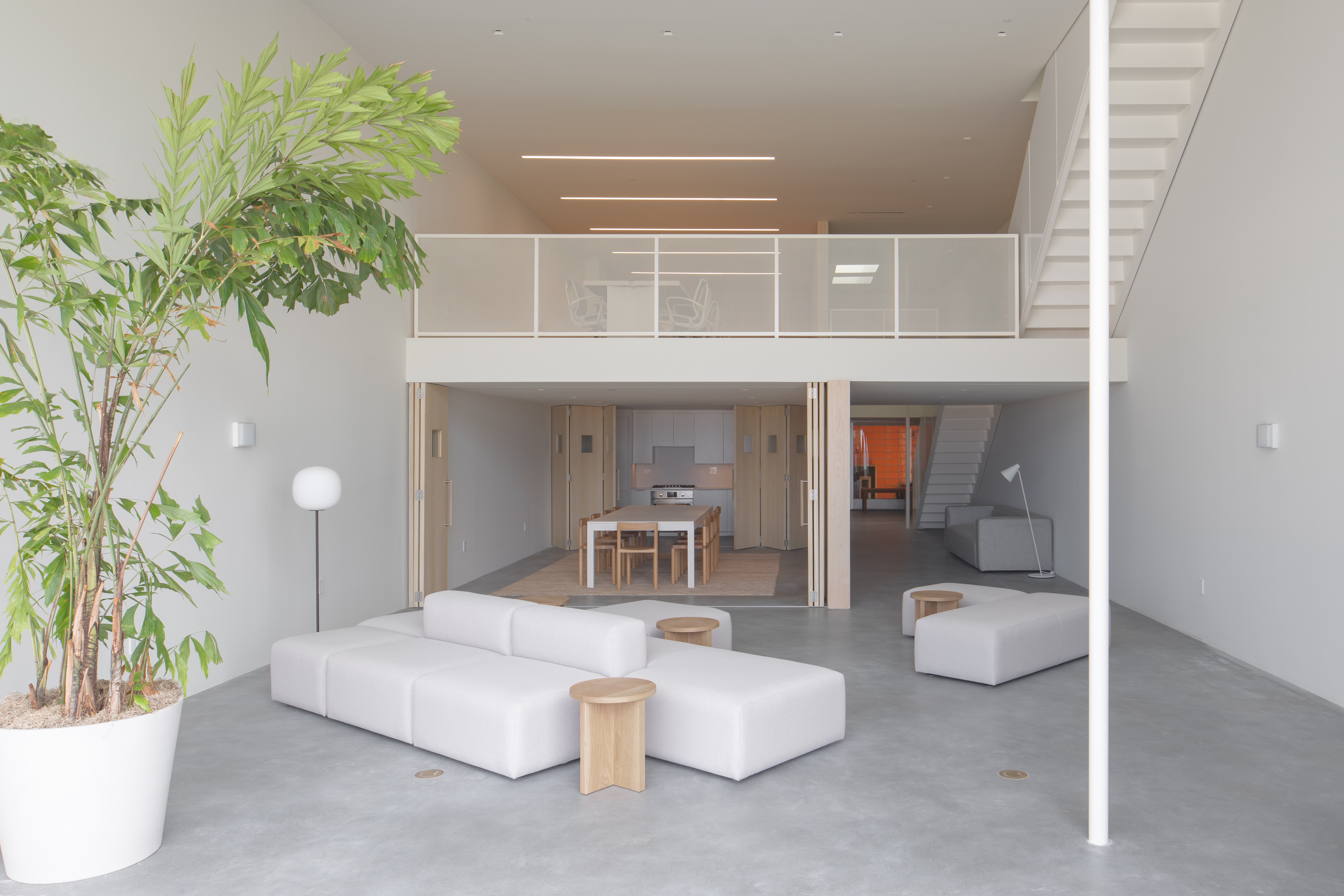
Venice Lofts, a new, minimalist live/work space created by Part Office, in fact started life as a conventional residential building. Set directly on Venice Beach, California, the complex consists of two former condominium buildings, which have been artfully redesigned and restored into 12 live/work units. Created in collaboration with landscape studio Cactus Store, the project is now a contemporary, all-mod-cons space inside and out, wrapped in a unified, pared-down aesthetic and minimalist architecture that emphasises light, clean surfaces and an uncluttered feel.
In order to make clear that this is not your typical office building – and also contains a residential offering – while adhering to local planning codes, the team at Part Office tackled the design in a holistic way that highlights the space’s domestic qualities. ‘Due to code and structural limitations, the envelope of the existing units was preserved, and a 50/50 division of ‘live’ and ‘work’ spaces was required. With the projected tenants being small offices, this division served as a starting point to consider a more residential atmosphere of contemporary workspaces, especially in light of how the pandemic shifted our understanding of the formal office space,' the architects explain.

The material palette is consistent throughout the building and comprises oak, concrete, steel, and tile. Detailing and finishes were treated with care to ensure the result feels seamless and of high-quality construction. However, this doesn’t mean that everything is super-polished; rather, it’s that strategic design gestures guided the internal arrangements. ‘Elements were detailed either very precisely, such as the routing at wood walls to conceal passage doors, or with exaggerated separations and overlaps to create a series of individual planes that direct views towards the exterior,’ the team say.
The minimalist live/work space at Venice Lofts is organised with the residential elements at the base of the building and workspaces on top. All units include kitchen and bathroom, as well as some open-plan and some individual, smaller rooms or meeting areas. Double-height spaces within some units celebrate the building's sense of space. Meanwhile, outside nature and landscaping by Cactus Store refers to windswept coastal environments, and custom orange-glazed tiles by artist Sofia Londoño make for a calming but characterful environment for tenants to enjoy.
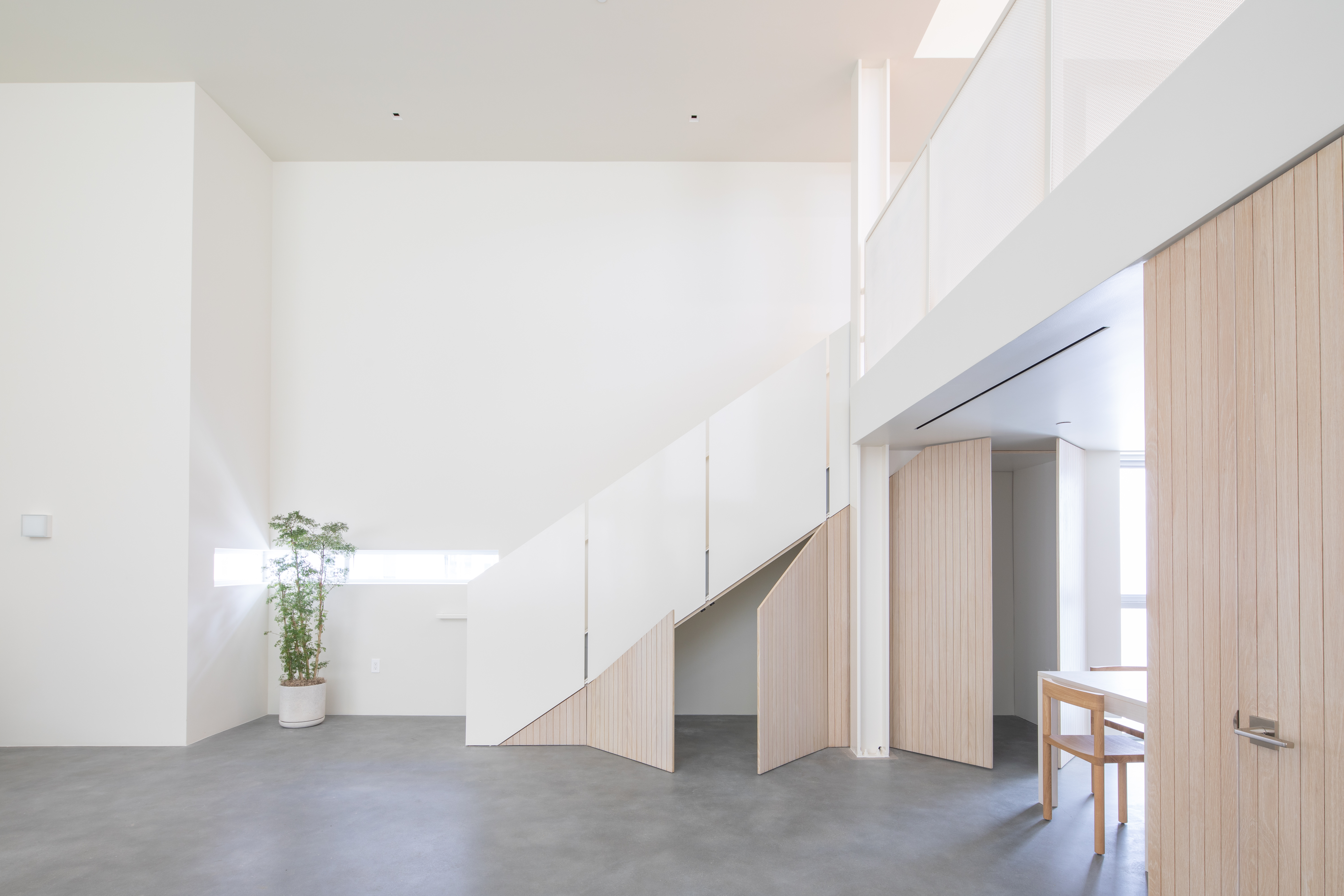

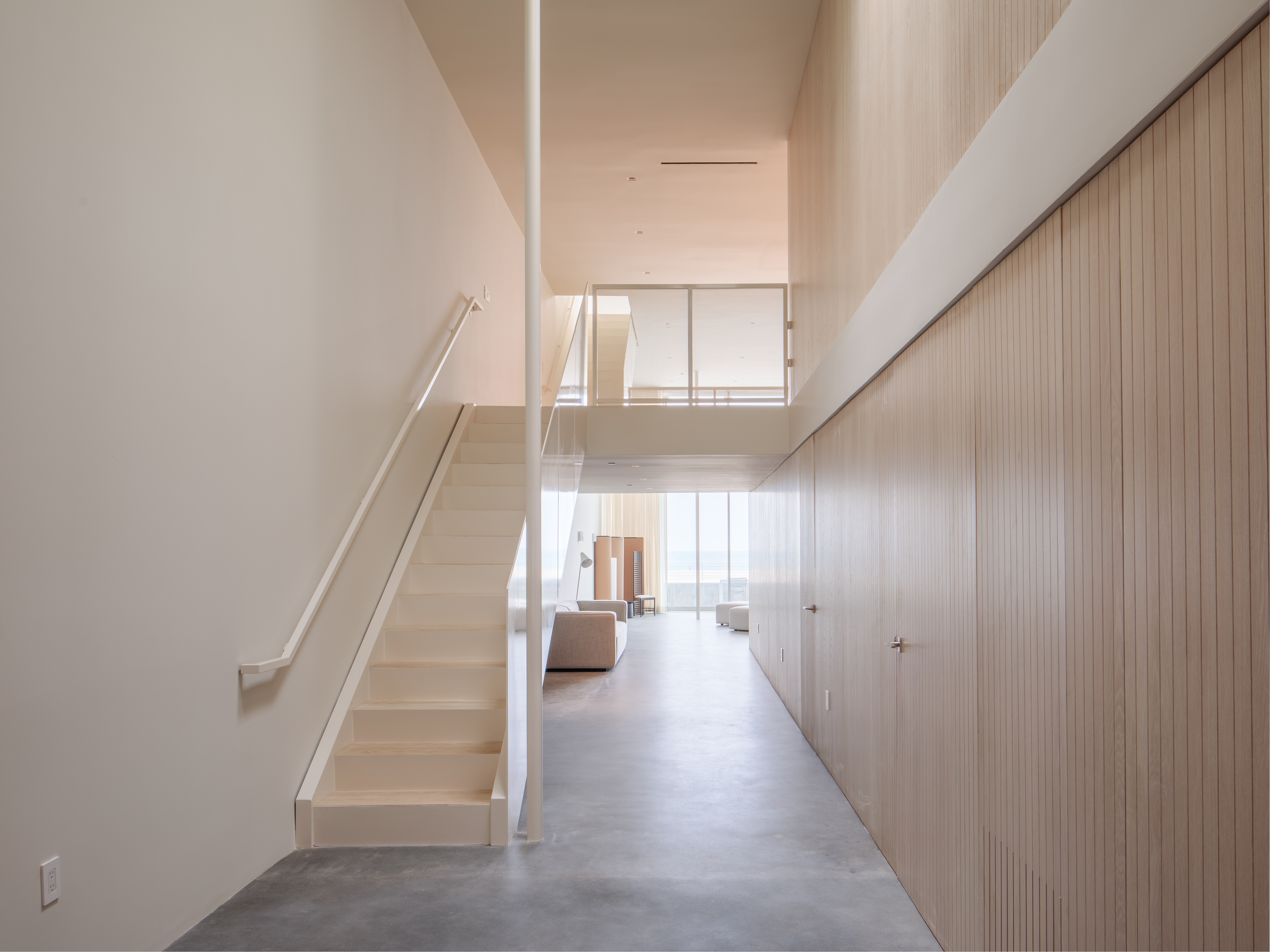
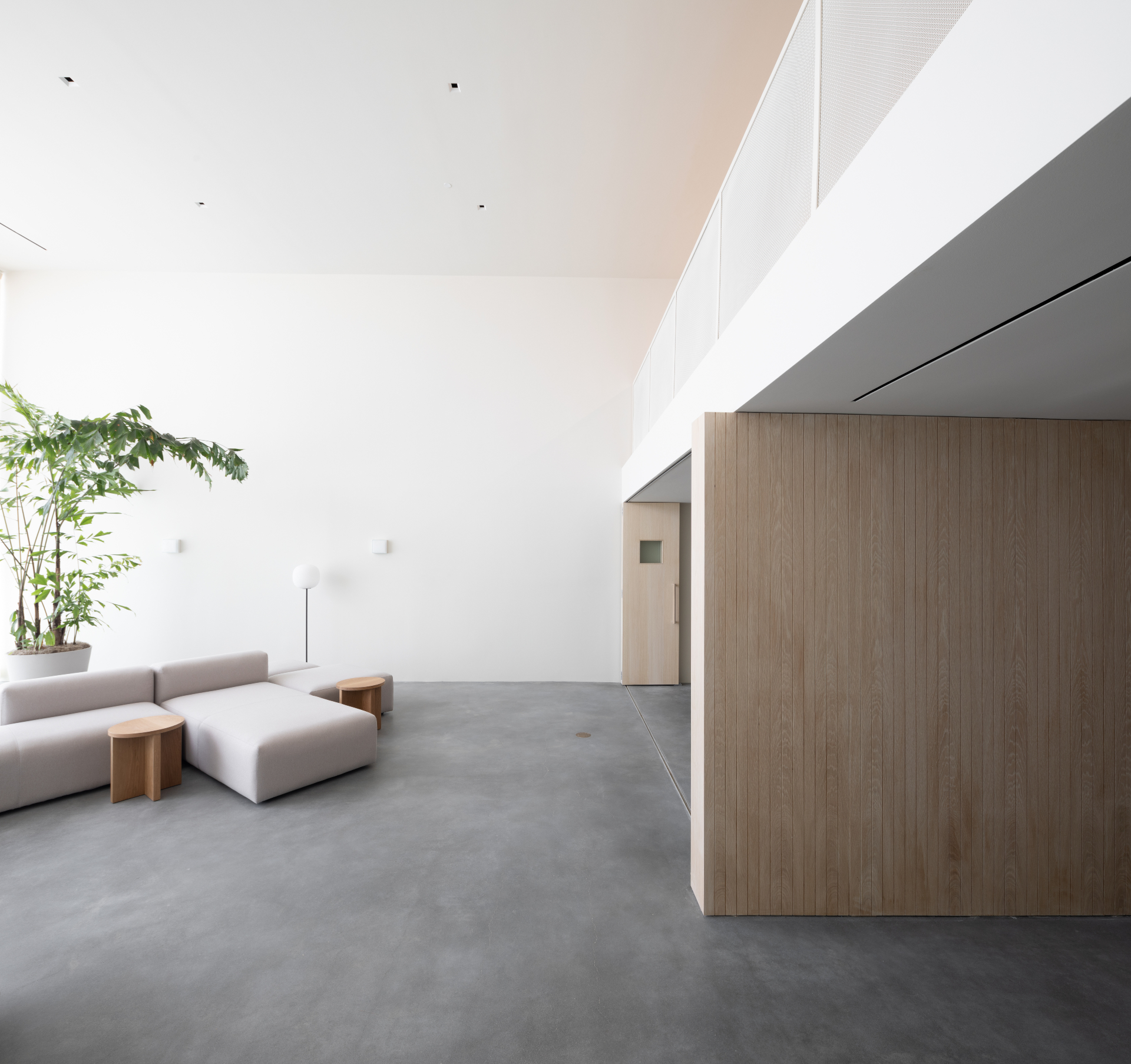
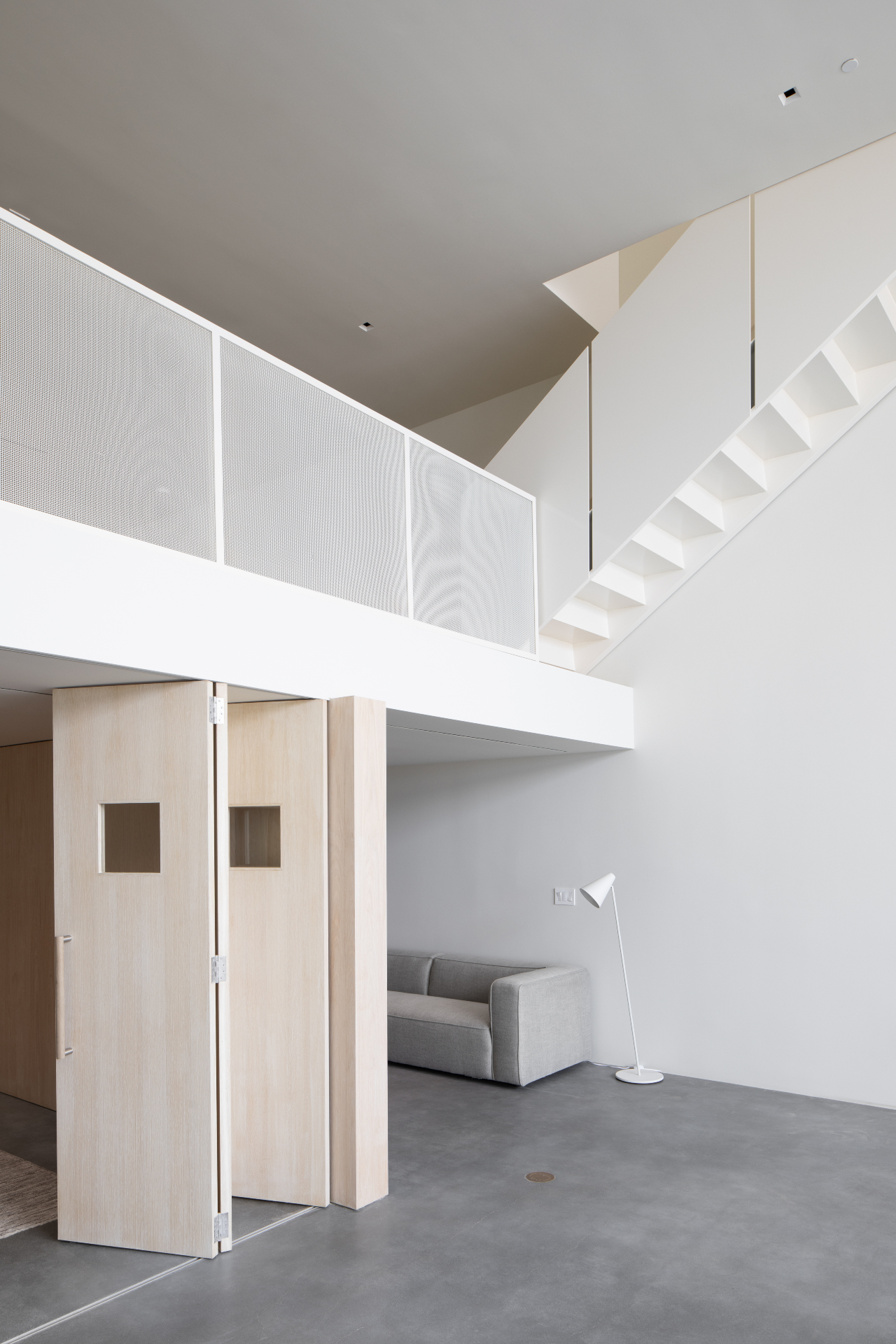

INFORMATION
Receive our daily digest of inspiration, escapism and design stories from around the world direct to your inbox.
Ellie Stathaki is the Architecture & Environment Director at Wallpaper*. She trained as an architect at the Aristotle University of Thessaloniki in Greece and studied architectural history at the Bartlett in London. Now an established journalist, she has been a member of the Wallpaper* team since 2006, visiting buildings across the globe and interviewing leading architects such as Tadao Ando and Rem Koolhaas. Ellie has also taken part in judging panels, moderated events, curated shows and contributed in books, such as The Contemporary House (Thames & Hudson, 2018), Glenn Sestig Architecture Diary (2020) and House London (2022).
-
 The White House faced the wrecking ball. Are these federal buildings next?
The White House faced the wrecking ball. Are these federal buildings next?Architects and preservationists weigh in on five buildings to watch in 2026, from brutalist icons to the 'Sistine Chapel' of New Deal art
-
 Georgia Kemball's jewellery has Dover Street Market's stamp of approval: discover it here
Georgia Kemball's jewellery has Dover Street Market's stamp of approval: discover it hereSelf-taught jeweller Georgia Kemball is inspired by fairytales for her whimsical jewellery
-
 The best way to see Mount Fuji? Book a stay here
The best way to see Mount Fuji? Book a stay hereAt the western foothills of Mount Fuji, Gora Kadan’s second property translates imperial heritage into a deeply immersive, design-led retreat
-
 Step inside this resilient, river-facing cabin for a life with ‘less stuff’
Step inside this resilient, river-facing cabin for a life with ‘less stuff’A tough little cabin designed by architects Wittman Estes, with a big view of the Pacific Northwest's Wenatchee River, is the perfect cosy retreat
-
 Remembering Robert A.M. Stern, an architect who discovered possibility in the past
Remembering Robert A.M. Stern, an architect who discovered possibility in the pastIt's easy to dismiss the late architect as a traditionalist. But Stern was, in fact, a design rebel whose buildings were as distinctly grand and buttoned-up as his chalk-striped suits
-
 Own an early John Lautner, perched in LA’s Echo Park hills
Own an early John Lautner, perched in LA’s Echo Park hillsThe restored and updated Jules Salkin Residence by John Lautner is a unique piece of Californian design heritage, an early private house by the Frank Lloyd Wright acolyte that points to his future iconic status
-
 The Stahl House – an icon of mid-century modernism – is for sale in Los Angeles
The Stahl House – an icon of mid-century modernism – is for sale in Los AngelesAfter 65 years in the hands of the same family, the home, also known as Case Study House #22, has been listed for $25 million
-
 Houston's Ismaili Centre is the most dazzling new building in America. Here's a look inside
Houston's Ismaili Centre is the most dazzling new building in America. Here's a look insideLondon-based architect Farshid Moussavi designed a new building open to all – and in the process, has created a gleaming new monument
-
 Frank Lloyd Wright’s Fountainhead will be opened to the public for the first time
Frank Lloyd Wright’s Fountainhead will be opened to the public for the first timeThe home, a defining example of the architect’s vision for American design, has been acquired by the Mississippi Museum of Art, which will open it to the public, giving visitors the chance to experience Frank Lloyd Wright’s genius firsthand
-
 Clad in terracotta, these new Williamsburg homes blend loft living and an organic feel
Clad in terracotta, these new Williamsburg homes blend loft living and an organic feelThe Williamsburg homes inside 103 Grand Street, designed by Brooklyn-based architects Of Possible, bring together elegant interiors and dramatic outdoor space in a slick, stacked volume
-
 This ethereal Miami residence sprouted out of a wild, jungle-like garden
This ethereal Miami residence sprouted out of a wild, jungle-like gardenA Miami couple tapped local firm Brillhart Architecture to design them a house that merged Florida vernacular, Paul Rudolph and 'too many plants to count’